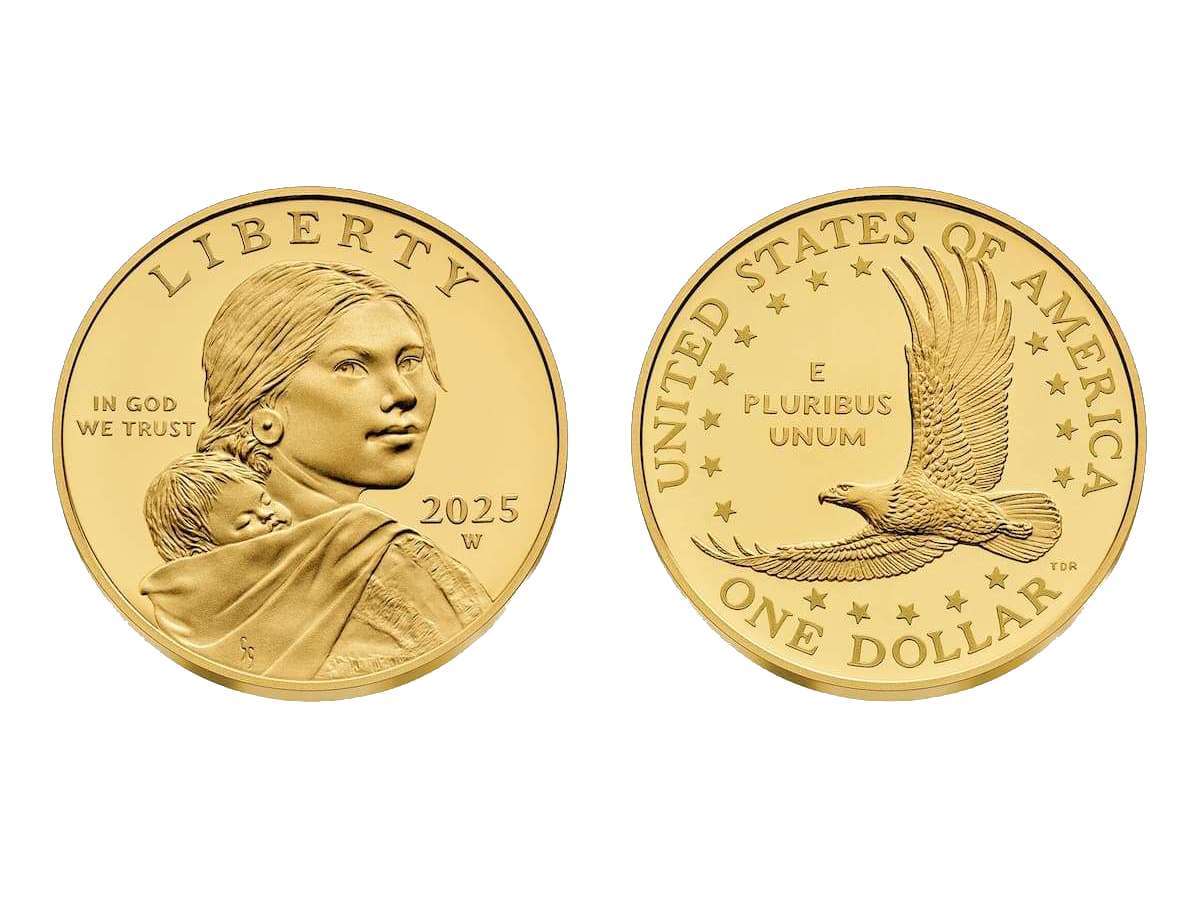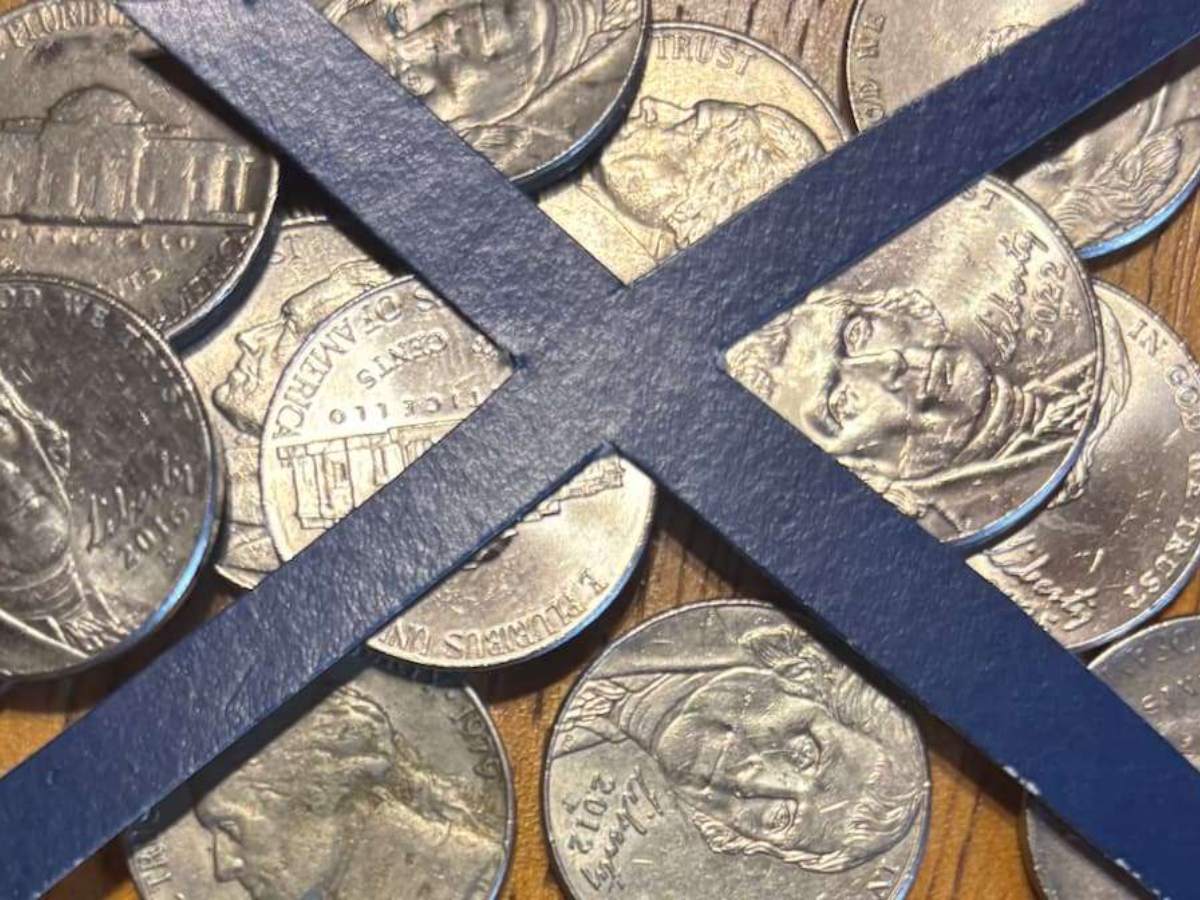A Study Of Coins In Pocket Change
For a long time, I’ve been wanting to do a relatively simple experiment with my pocket change…
Sort out all the coins in a jar that I’ve been saving — to see how many coins I have from each decade, from each mint, etc.
The underlying motivation: to see what types of coins I typically receive as change.
So, a little while ago, I did.
The results may be interesting to you. (They were to me.)
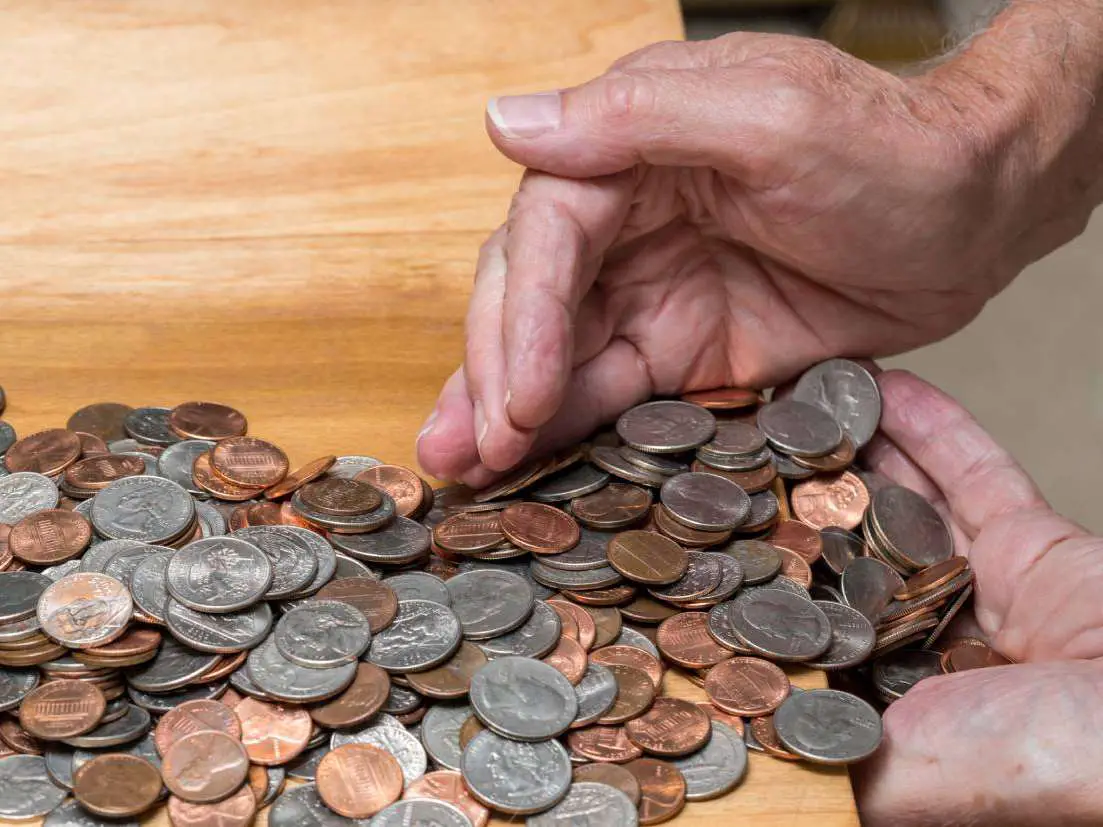
For the record, I live in Tampa, a major city in the Southeast United States. There is considerable tourist traffic here. So you might expect to see a good mixture when it comes to mintmarks on the coins I’ve found and held onto.
Also, this is change that I’ve received through common consumer exchanges — such as at fast food restaurants and grocery stores.
The spare change in this particular jar has accumulated largely over the course of a couple months.
Ready for the results?…
A List Of The Coins In My Spare Change Jar
Here’s the breakdown of coins I’ve saved in a jar from pocket change over the course of a few months time:
TOTAL: 278 coins, totaling $15.80 in face value
Oldest coin: 1959 (Lincoln cent)
Newest coin: 2011 (Jefferson nickel)
Other notes about the coins in my jar:
- No silver coins
- 1 gold-plated coin (a 1976 penny)
- No 1776-1976 Bicentennial quarters
- 6 out of 16 quarters are 50 States quarters
- 1 S-mint coin (a 1969 penny)
- 64 D-mint coins
Coins from my spare change jar, by decade:
- 1950s coins (0.36% of the population) – 1 penny
- 1960s coins (2.88%) – 1 quarter; 3 dimes; 1 nickel; 3 pennies
- 1970s coins (12.59%) – 3 quarters; 13 dimes; 5 nickels; 14 pennies
- 1980s coins (19.42%) – 3 quarters; 13 dimes; 8 nickels; 30 pennies
- 1990s coins (30.58%) – 3 quarters; 20 dimes; 13 nickels; 49 pennies
- 2000s coins (30.58%) – 6 quarters; 33 dimes; 14 nickels; 32 pennies
- 2010s coins (4.32%) – 5 dimes; 1 nickel; 6 pennies
Here’s a list of all U.S. coins that are worth more than face value — by denomination.
Some Interesting Findings
What does all this mean?
Well, since this is not a scientific pocket change census, all you can really tell is what types of coins have gone through one guy’s hands in the Southeast United States over the course of a couple months or so. (I’ve kept all the coins I’ve received during that time in a single spare change jar.)
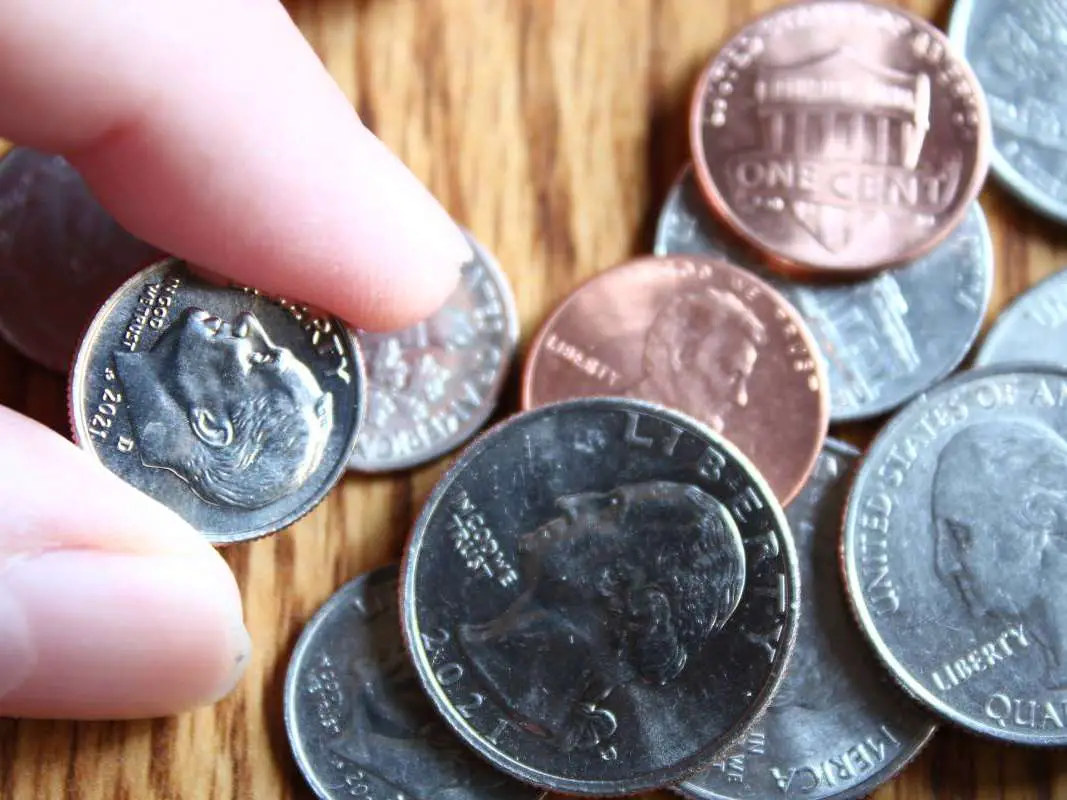
However, there are some anecdotal tidbits that can be gleaned from this experiment…
#1 – It’s clear that pennies aren’t circulating nearly as much as across state lines as other coins. This is evidenced by the fact that less than 20% of the coins from my pocket change are from the Denver mint or the San Francisco mint. (The Philadelphia mint strikes the coins for my part of the country.)
#2 – Only 23.26% of the pennies from my spare change are mainly made of copper. (The rest are copper-plated zinc cents.) So, clearly people are plucking many of the valuable copper coins out of circulation.
#3 – Absolutely none of the Lincoln cents from my jar are wheat pennies. I recall just 20 years ago, one or two of them seemed to pop up every now and then in my change.
#4 – I find it interesting that none of the quarters are 1776-1976 Bicentennial quarters. I remember that not many years ago, Bicentennial quarters were always turning up in my spare change. Not so much anymore.
#5 – Also, 3/8ths of the quarters from my pocket change are 50 States quarters.
There were really no surprises among the nickels or dimes from my spare change jar.
The Bottom Line
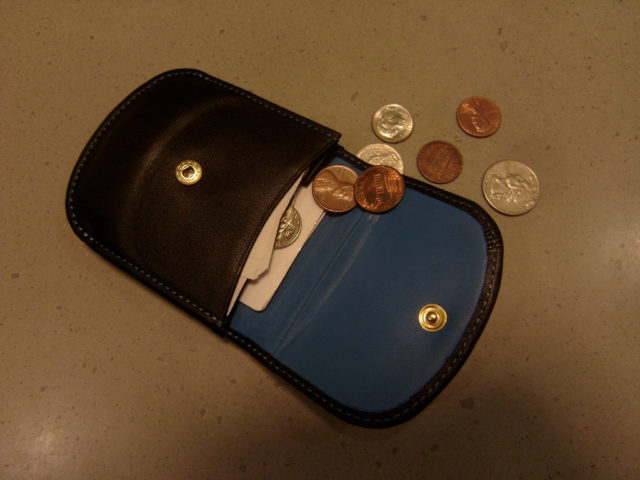
I could have gone the next step and looked up the value for each of the coins in my change jar. That’s what most people are interested in — how much money the coins they’ve saved are worth. But that wasn’t my goal with this particular coin experiment.
You may enjoy doing a similar experiment yourself. Perhaps you, too, will be surprised at the results!
A friend of mine went through her spare change jar and found the current value for each of her coins. She’s got a great “cheat sheet” that shows a list of the exact coins you should be looking for in your pocket change (and how much they’re worth).
Here’s a breakdown of the coins I found inside a few bank rolls recently.
Coin roll hunting is something that I do quite often — because it’s a great way to find rare and valuable coins for free! Here’s my playlist of videos for coin roll hunting tips by denomination:


